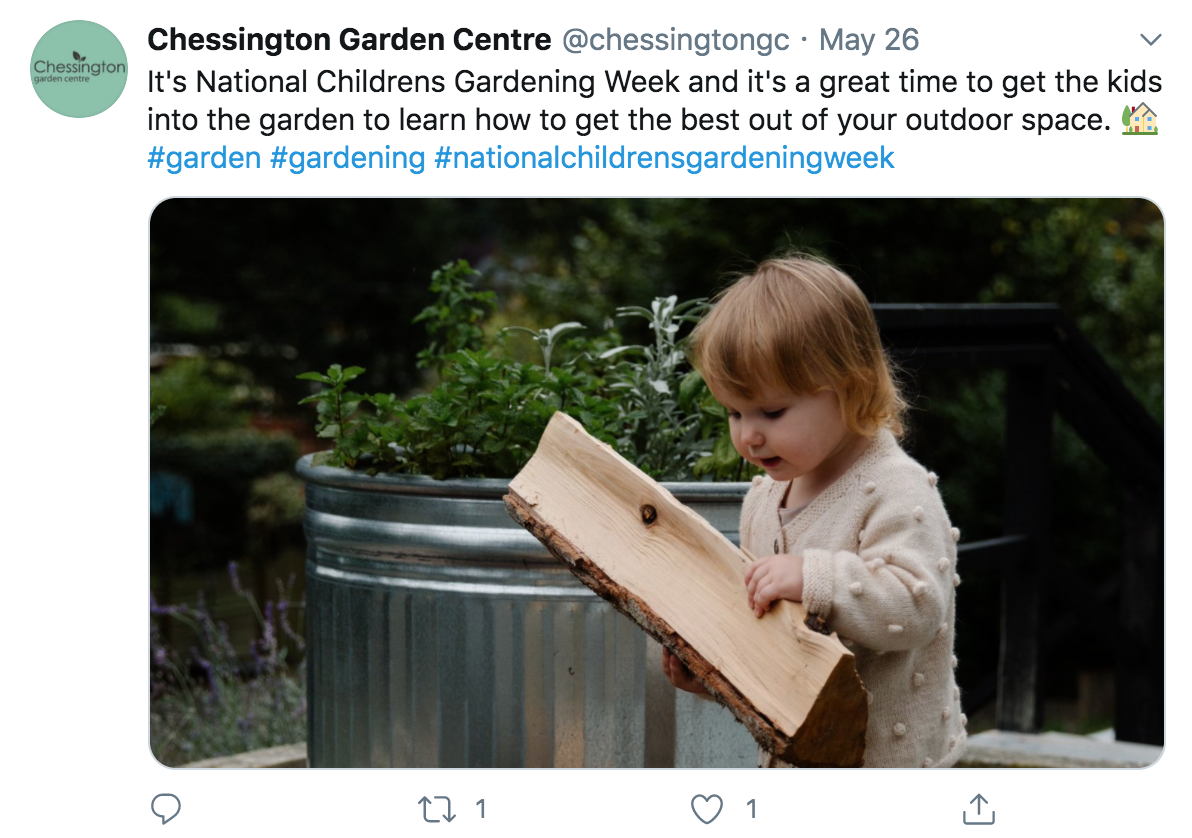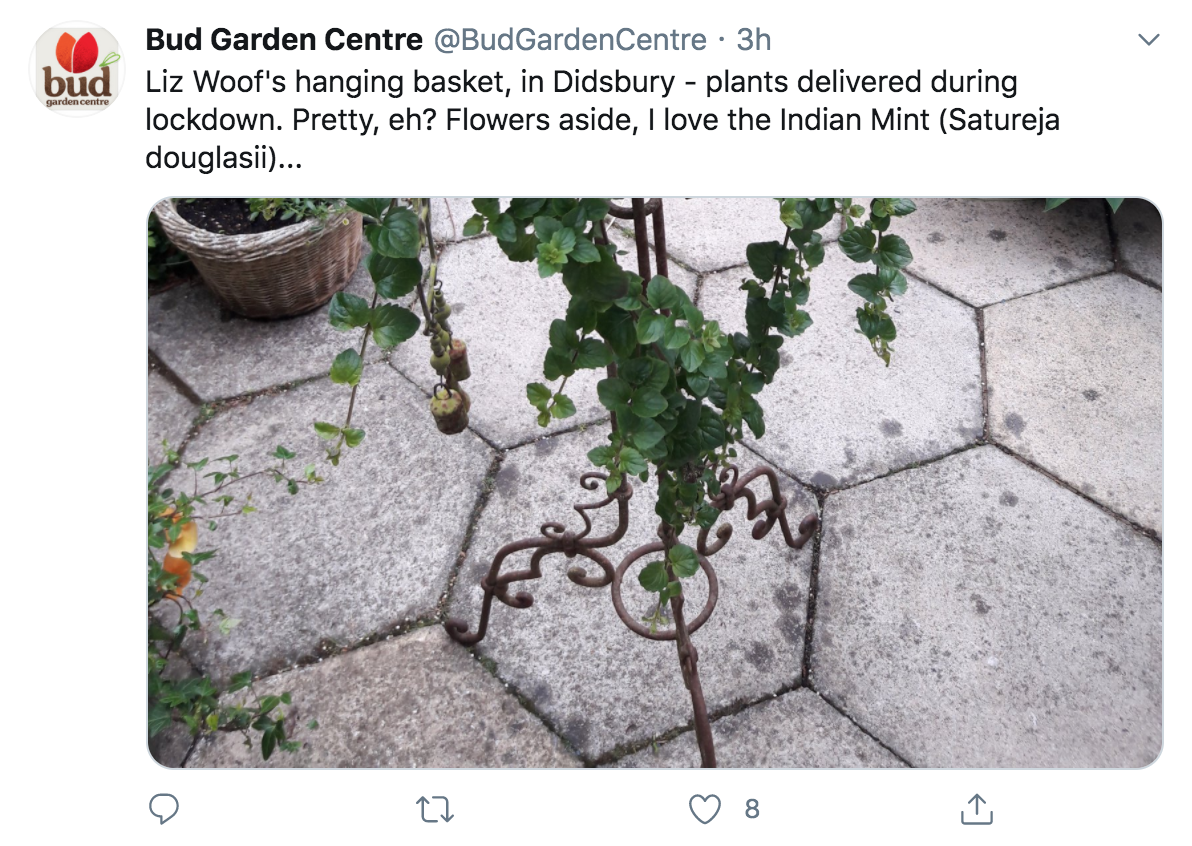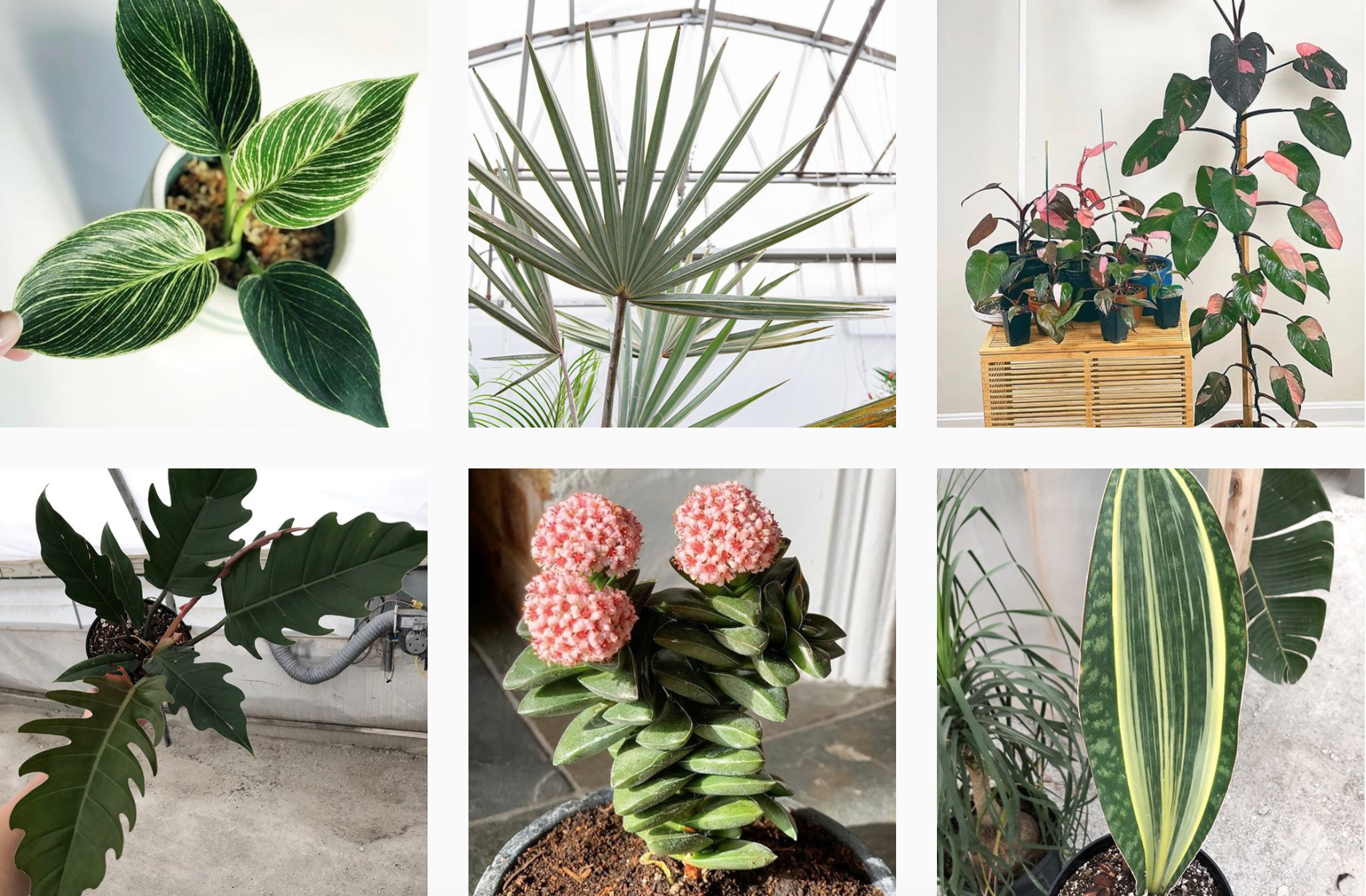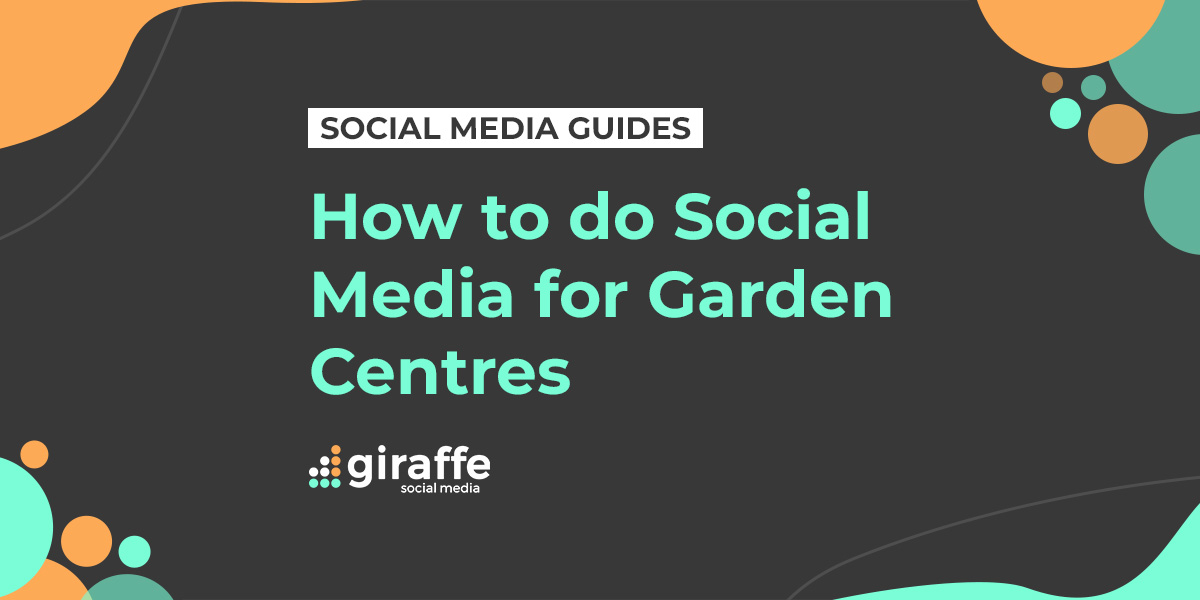It’s time for another handy social media guide! This time, we’re getting green-fingered with a few handy hints on how to get to grips with social media for garden centres and nurseries.
Gardening has had a pretty dramatic makeover in recent years. A hobby that was previously seen as something reserved for the elderly has been transformed into a new movement, taken up by people of all ages. Magazine shelves are packed with publications dedicated to perfecting an outdoor space, and Gardeners World is currently enjoying its highest ever ratings. This is a great time for garden centres!
But how does that translate to social media? Pretty easily, as it happens. From Insta-famous balcony gardeners to allotment owners live streaming tours of their poly-tunnels on Facebook, gardening is a perfect match for digital marketing. The secret is knowing how to develop the right strategy for your garden centre, plant store or nursery.
Which Platform Should I Use?
The first step to making social media work for your business is to pick the right platform. Start by thinking about what type of content you want to share, and who your target audience is going to be.
Instagram is the platform for a younger audience, with more than half of users being under 34 years old. It also gets the second-highest number of daily logins of all the social media platforms out there. (Facebook won that title!)
Basically, Instagram is a photo-sharing app – which means it’s the platform to use if you want to post pictures of anything you might have in stock. Think beautiful plants, handmade pots, colourful flowers and any homeware products you might sell. You could also use it to post text-based infographics and video content. If you’re looking to target younger users, Instagram is the place to be.
Text-based Twitter is the place to be for anything that doesn’t need visuals. It’s great for things like audience interaction, providing customer service and building your brand – with 145 million daily active users, there’s plenty of people to reach!
It’s also great for driving traffic to your website if you have one. While SEO is a great tool to use when writing blogs and articles, posting your content to Twitter will allow people to click through easily. You could also try engaging with other brands and local businesses – tagging companies and re-tweeting other peoples content is one of the best ways to increase your followers and translate them into customers.
One of the originals, Facebook should definitely be on your list of platforms to use. Images and text both work well there, and there’s also the fact that it’s used by a huge amount of people aged between 13 and 65 plus – that’s a whole lot of green-fingered gardening fans to reach!
Facebook also offers the chance to live stream, and is a great way to easily host online events. So if you want to do a tour of your garden centre or nursery, a Q&A on plants or gardening or host a talk with a well-known gardener, this is the platform to do it on!
Plan Your Content
Like a good garden, a good social media strategy requires forward thinking and planning ahead. You could try:
- Thinking seasonally. Plan posts to celebrate the change of seasons and solstices.
- Planning content around regular garden events, such as the RHS Chelsea Flower Show and the Hampton Court Palace Garden Festival is a great idea.
- Utilising national days. There are plenty of these related to gardening; Houseplant Appreciation Day, Plant a Flower Day and even Weed Appreciation Day!
- Designing a series of regular weekly posts. For example, Flower Friday could be an opportunity to showcase a different bloom every week.
Chessington Garden Centre on Twitter are great at harnessing the power of the national day:

The key to regular posting is to get into the habit of working ahead. Facebook allows you to pre-schedule posts ahead of time, but for the other platforms trying out scheduling software is a great idea. This means you won’t be relying on being online to get your days content up and out.
Engage Regularly
Nothing helps to boost your audience like being attentive – being seen as friendly, approachable and chatty on social media can be a great boost to your business. You could also follow in Bud Garden Centre’s footsteps, and post customer pictures on your feed. They’ll love it!

Make sure you reply to any queries promptly, and deal with complaints effectively and openly. It’s important to remember that essentially, the whole world is watching, so it makes sense to be as helpful and transparent as possible.
You could also consider opening up slots for stock enquiries. Your audience will love the convenience, and it’s a great way to kick off a conversation. You might not have what they’re looking for, but the power of social media will allow you to provide an alternative. Accompanied with a beautiful plant photo of course!
Host Online Events
Gardens and garden centres are obviously places that need to be visited physically, but that doesn’t mean you can’t organise some fun online events as well. By going digital, you can expand your audience to people who might be located further away but would be likely to shop online.
If you wanted to host an online event for your garden centre, you could try:
- Chatty events with garden centre staff. You could pick one member each week and quiz them on their favourite plants, and any gardening disasters they might have had.
- A regular problem-solving live event, where the audience is invited to ask an expert any gardening-related questions.
- A live garden-based bingo evening!
- An online quiz night, with all questions related to gardening, plants and nature.
Provide Information
One of the best ways to use social media for garden centres is to establish yourself as an expert in your field. Gardening and keeping houseplants is an area which is puzzling to a lot of people, so use this as an opportunity to make yourself a reliable source of information. It’s also important to vary posts, and not spend all of your time online trying to sell products to people.
On Instagram, you could create regular posts which profile different types of plants. You could include details such as where they’ll thrive the most, how to care for them and how they’ll benefit physical or mental health. You could also use the carousel tool to make posts giving a short introduction to growing fruit and vegetables. With the climate change being such a concern, plenty of people are looking to do their bit by becoming more sustainable – so help them out!
Facebook is ideal for informative video content. Why not trying a ‘plant-along’ video, where you show your audience the best method for sowing seeds, repotting houseplants or planting out into the garden?
Be Consistent
Consistency is one of the most important aspects of any social media campaign. From how regularly you post, to which type of content you post, and even the visual style. Audiences and potential customers like familiarity; it builds trust and makes you appear reliable and knowledgable.
Working out a posting schedule for social media for garden centres is mostly trial and error. Start by looking at your audience demographics, and find out when they’re most likely to be online, and on which platform. Monitor posts to see which gain the most engagement and views, and then work from there.
It’s also important to be consistent aesthetically, particularly on Instagram. It promotes brand awareness and creates a beautifully cohesive feed, which audiences are automatically attracted to. Mulhalls are a great example of how a garden centre or nursery can use Instagram well. The feed is consistently bright and modern, images are unfussy and they’ve stuck to a crisp, clear palette. They’ve also used Instagram Stories to provide tips on plant care and plant guides. In a particularly clever move, they’ve featured some of their favourite users in one of their saved Instagram Stories – user engagement at it’s best!

Hold Competitions and Contests
Competitions and contests provide great content on social media. They’re one of the best tools to boost followers and encourage audience interaction. You could hold any of the following competitions, and award plants or gift vouchers as prizes:
- Best upcycled garden project
- Biggest vegetable grown at the end of the season
- Best vegetable beds
- Biggest houseplant collection
- Name the plant contest
Consider Influencer Marketing
Influencer marketing is a relatively new marketing tool which has gained popularity over the last couple of years. It involves a brand selecting individuals with a good social media following, and then working with them in exchange for either a fee or products. The influencer received payment, and the brand gains exposure.
The important thing to consider when choosing influencers to work with is how engaged their audience is. A high follower count isn’t always going to translate into followers or sales for you. Make sure their audience are going to have an interest in your products. For example, you wouldn’t want to work with someone who’s content is mainly concerned with fashion or food.
You could look for the following when considering influencers to work with:
- Are they regularly featuring plants or gardens on their feed?
- Do they have an interest in nature?
- Do their values match with yours? Are they discussing sustainability?
- Would your products fit in with the aesthetics of their feed?





